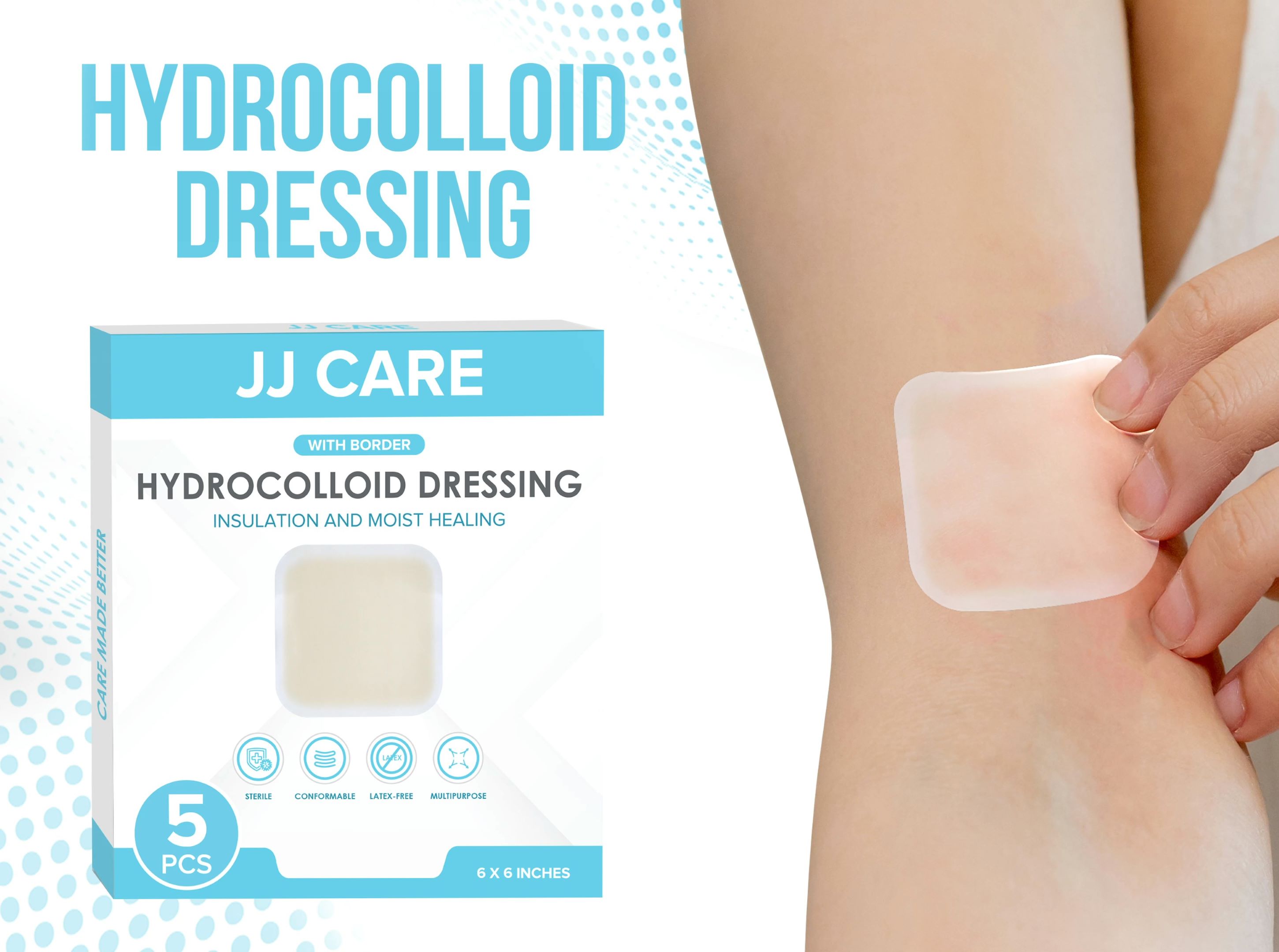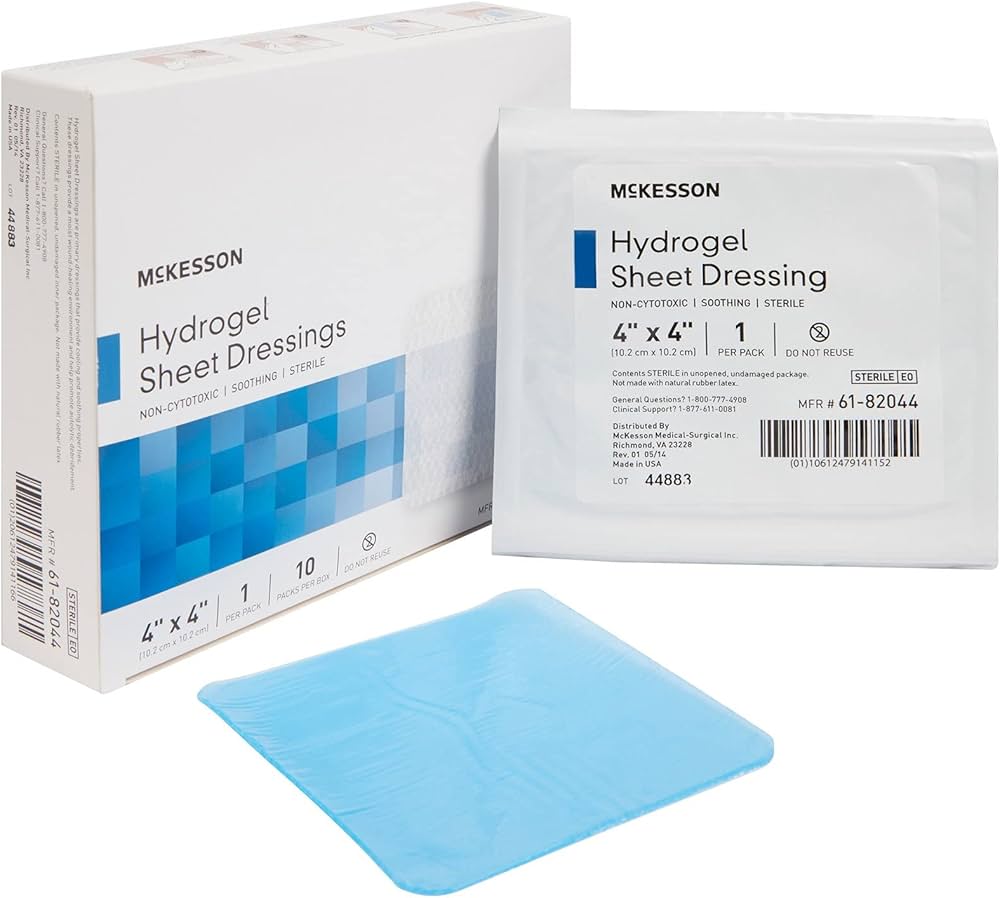Burn Rehab & Wound Management
1/19
There's no tags or description
Looks like no tags are added yet.
Name | Mastery | Learn | Test | Matching | Spaced |
|---|
No study sessions yet.
20 Terms
Superficial Burn
involves the superficial epidermis
short-term moderate pain
healing time: 3-7 days
causes: sunburn, brief exposure to hot liquids or chemicals
non-surgical
no potential for scarring or contractures
Superficial Partial-Thickness Burns
involves the epidermis and upper dermis layers
pain is significant; wet blistering and erythema is present
healing time: 1-3 weeks
causes: severe sunburn or radiation burn, prolonged exposure to hot liquids, brief contact with metal objects
non-surgical
minimal potential for scarring and contractures
Deep (partial thickness) burns
involves the epidermis, deep dermis layers, hair follicles, and sweat glands
MOST PAINFUL STAGE!
pain is severe, even to light touch
burn has a high risk of turning into a full-thickness burn and infection
impaired sensation
causes: flames; prolonged contact with metal objects
high scar potential
healing time: 3-5 weeks
Full-Thickness Burns
involves epidermis, dermis, hair follicles, sweat glands, nerve endings
no sensation to light touch
burn is pale and nonblanching
causes: extreme heat or prolonged exposure to heat
grafts are required
scar potential is high
Subdermal Burn
full-thickness burn with damage to underlying tissue such as fat, muscles, and bone
charring is present
peripheral damage is significant
requires surgical intervention for wound closure or amputation
causes: electrical burns and severe long-duration burns
scar potential: extremely high
Emergent Phase
0-72 hours after injury
life-saving measures
fluid replacement
infection control
POSITIONING IN ANTIDEFORMITY POSTURES
avoid comfortable positions
Edema management
NO AROM OR PROM OVER FRESH GRAFTS
Acute Phase
post 72 hours after wound closure
wound care, grafting, preventing complications
Gentle AROM after skin graft
continue with positioning and splinting
provide pain management techniques
promote functional mobility and self-care
Rehabilitation Phase
After wound closure or graft healing
Assess function and come up with goals
functional restoration and scar management
GRADUALLY INCREASE STRENGTH AND ROM
PSYCHOLOGICAL SUPPORT
return to work or school planning
skin lubrication several times a day (water-based lotion)
serial-static/dynamic splints
Compression pressure: 20-40 mmHg (desired)
Burns Correct Positioning Postures
Bad (Deformity Position):
mouth: decreased vertical and horizontal opening
neck: flexion
axilla: adduction
elbow: flexion
wrist: flexion
hand: flexion
knee: flexion
ankle: plantar flexion
Good (Antideformity Position):
mouth: maximum vertical and horizontal opening
neck: neutral or slight extension
axilla: 90 degrees of shoulder flexion and abduction (airplane pose)
elbow: extension
wrist: neutral up to 45 degrees of extension
hand: intrinsic plus or safe position
knee: extension
ankle: neutral
Mechanical Debridement
Uses force: wet-to-dry, whirlpool, wound irrigation
Can remove healthy tissue, so, not ideal for clean wounds.
Enzymatic (zymatic) debridement
Topical enzymes (collagenase)
Breaks down necrotic tissue selectively
slower but more gentle
monitor for signs of infection
Autolytic debridement
Uses the body’s own enzymes & moisture
Covered with occlusive dressings (hydrocolloids, hydrogels, films)
Teach dressing application and monitoring
Contraindicated with infection
Sharp Debridement
Done by a surgeon or wound care specialist
- Removes necrotic tissue with a scalpel
OT DOES NOT PERFORM THIS, but must coordinate with the wound team
Surgical Debridement
Extensive removal in OR setting
Monitor post-op healing, position for offloading pressure.
Hydrocolloid Dressing
Best for stage II or III pressure ulcers, partial thickness wounds
absorbs minimal to moderate exudate
maintains moist wound bed
promotes autolytic debridement
looks like a pimple patch

Hydrogel Dressing
Dry or necrotic wounds, Stage II ulcers, radiation burns
Adds moisture
Soothing for painful wounds
May be sheets or gels

Alignate Dressing
Very heavy drainage
infected wounds
Stage 3 and 4 ulcers
Absorbs 20x its weight
Forms gel when in contact with wound
Requires secondary dressing
Great for wet wounds with slough
Heavy exudate

Transparent Film
Stage 1 & 2 ulcers, skin tears, shallow wounds
Thin, adhesive, semipermeable
Allows oxygen change
See-through for wound observation
NOT ABSORBENT!

Tips and Keywords for Wound Dressing Types
"Moist wound healing" is a common correct answer.
If the wound is dry, pick hydrogel.
If wet/heavy drainage, pick alginate
If you see "autolytic debridement," think hydrocolloid or hydrogel.
Transparent film = superficial wounds with little exudate.
Just for “observing” purposes.
Know the definition of exudate
Pressure Injury Stages
Stage 1: Red, non-blanchable skin
Stage 2: Partial-thickness loss (blister)
Stage 3: Full thickness, visible fat
Stage 4: Exposed bone/tendon
Unstageable: Slough/eschar blocks view